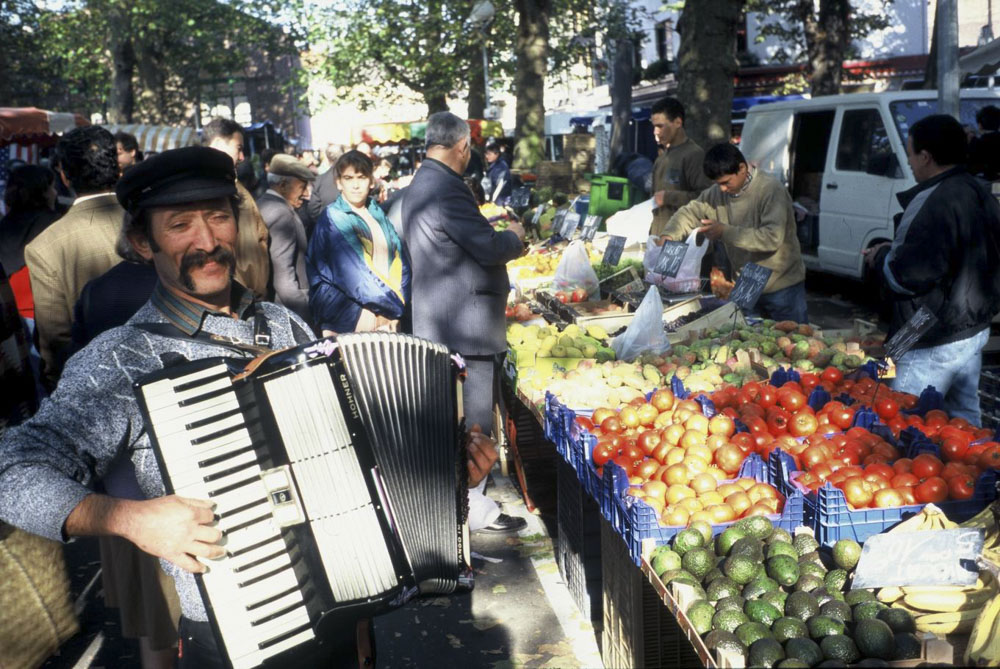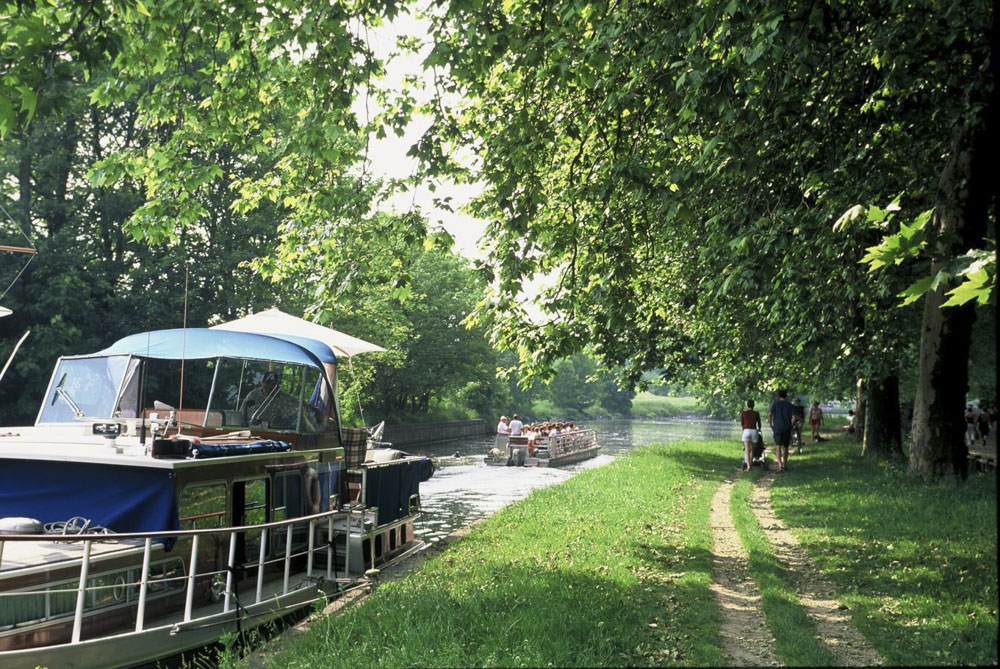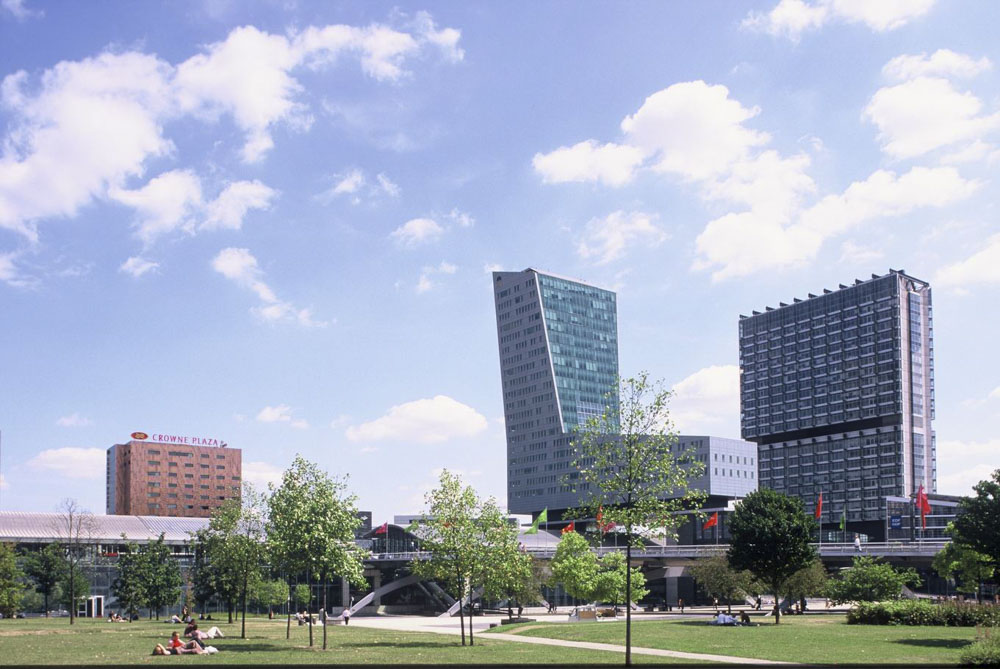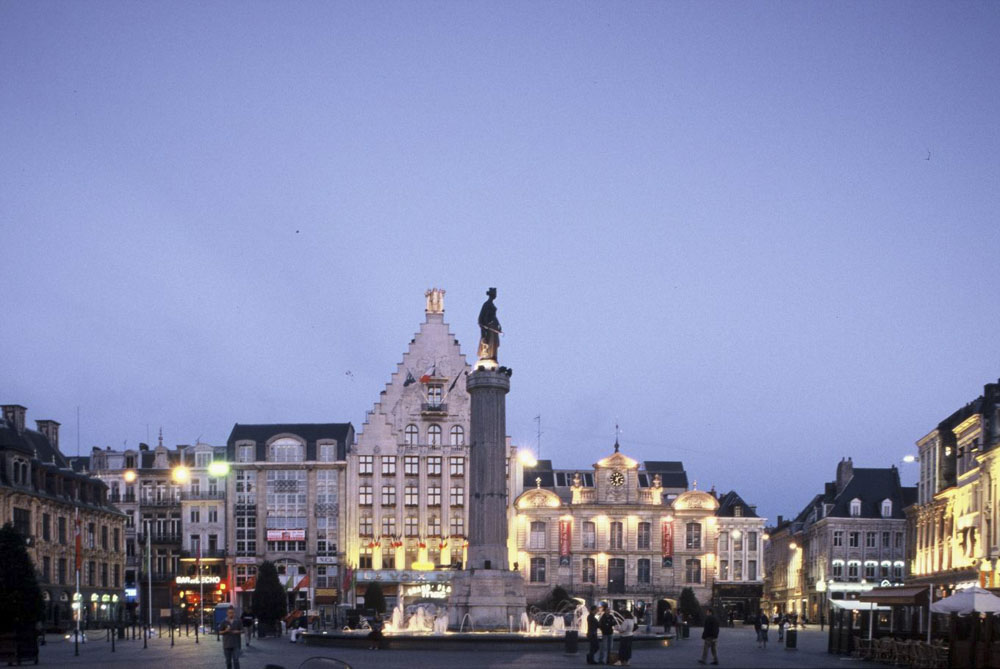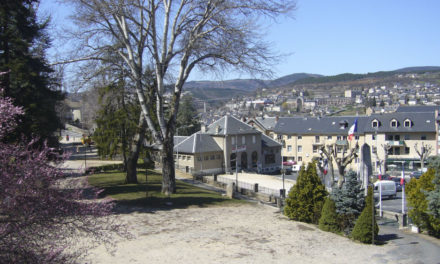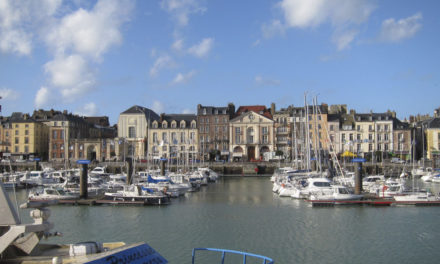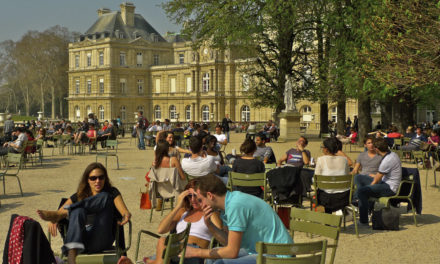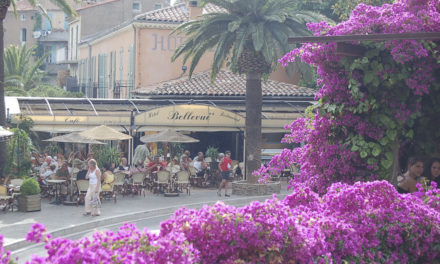From its origins in the Middle Ages, Lille only finally became part of France under Louis XIV, having previously been ruled by the Count of Flanders, Dukes of Burgundy and the Spanish. These many influences have left their mark on this colourful and bustling city at the gateway to Northern Europe, not least in terms of the many buildings and monuments originating from different periods and under various regimes. Vauban’s citadel is one of the best examples of military architecture of the 17th century. It was under Louis XIV that the imposing Port de Paris was built. The baroque statues at its summit recall the splendour of the court whilst its massive construction is otherwise rather austere. The Belfry of the early 20th century Flemish style Town Hall nearby rises to 106 metres and was once used to sound the alarm to assemble the men at arms whilst the main hall is 107 metres long.
Book a Hotel in Lille
History 1
The Palais Rihour, once home to the Dukes of Burgundy was mostly destroyed by fire in 1918 and the Lille Tourist Office is now housed in a small part that remains. The colourful and ornate 17th century Vieille Bourse or old stock exchange is a relic of the Spanish occupation. Occupied today by small businesses with a flower market in its inner courtyard, it has been beautifully renovated. In common with many of the facades of this period, it is constructed of both brick and stone. The strikingly beautiful Opera House is a neo classical edifice with an imposing façade, inaugurated in 1923. Apollo and his muses survey ‘music’ and ‘tragedy’. It can accommodate more than 1,000 people and was built as a result of a competition four years after the preceding theatre was destroyed by fire. Lille has its own National Orchestra and Opera, both winners of the ‘Victoires de la Musique 97’ as well as a ballet and contemporary dance company.
History 2
In the main square, called both the ‘Grande Place’ and the ‘Place du General de Gaulle’, the goddess who commemorates the siege of Lille by the Austrians in 1792 dominates the scene, accompanied by three other golden statues above the ‘Voix du Nord’ representing Hainaut, Artois and Flanders. The ‘Furet du Nord’ said to be the biggest library in the world is also in the Grande Place. De Gaulle was born in Lille in his grandmother’s house which is now a fascinating museum with everything from his school reports through to the famous Citroën DS riddled with bullets during the assassination attempt in 1962. Other museums include the Beaux Arts, second largest museum in France with works by Rubens, Goya and Donatello amongst many others, the Museum L’Hospice Comtesse with works by Flemish, Dutch and Northern France artists as well as an unusual collection of old musical instruments, whilst the Natural History Museum has over 1,000 mammals and 10,000 birds.
Euralille
Lille is gaining in stature in the commercial world, with the Euralille business centre extending to over 70 hectares near the Lille Europe train station and the Grand Palais hosting exhibitions and seminars.
Third ranking financial city in France, it is the second ranking research centre and the third university centre of France. As you might expect all this makes for an extremely lively city, well served with restaurants, cafés and shops. The local fare of ‘Potjevlesch’, a delicious cold compote of veal, rabbit and chicken, is best appreciated washed down by a ‘blanche de Lille’, the local pale beer. Lille is also home to the famous ‘Méert Patisserie’ which has enjoyed the patronage of many crowned heads of Europe since 1761. Its delicious hand made waffles coated with ground sugar and vanilla are a temptation few can resist! Vieux Hollande cheese is another local delicacy. At night the city hums with jazz, night clubs, discotheques and bars.
Copyright: text : Sarah Francis

